The following Aberdeen Beef-Bacon Pie recipe is from reader L.C.
Ingredients
- 1/4 pound sliced bacon, diced
- 3 pounds beef stew meat, in 1-inch cubes
- 1 cup chopped onion
- 1-1/2 cups sliced carrots
- 6 tablespoons all-purpose flour
- 1 cup beef broth
- 1 tablespoon Worcestershire sauce
- 1 package (10 ounces) frozen peas
- 1/2 teaspoon salt
- 1/2 teaspoon pepper
- 1 pie crust (see standard recipes, or use a store-bought crust)
- 1 large egg, lightly beaten (optional)
Directions
Preheat oven to 375°.
In a fry pan or Dutch oven, cook bacon over medium heat until crisp.
Remove to paper towels to drain.
Brown the beef in drippings in batches; drain and set beef aside.
Add onion to the pan.
Saute until crisp-tender.
Add carrots, bacon and beef.
Meanwhile, in a small bowl, combine the flour, broth, and the Worcestershire sauce until smooth. Add to beef mixture. Bring to a boil. Reduce heat; cover and simmer until meat is tender, 1 to 1-1/2 hours.
Stir in peas, salt, and pepper. Transfer to an ungreased 11×7-in. baking dish.
On a lightly-floured surface, roll out crust into a 12×8-in. rectangle. Cut slits in crust. Place over filling; trim and seal edges. If desired, brush with beaten egg.
Bake until crust is golden and filling is bubbling, 35-40 minutes.
SERVING
Let the pie stand for 15 minutes before serving.
—
Do you have a favorite recipe that would be of interest to SurvivalBlog readers? In this weekly recipe column, we place emphasis on recipes that use long term storage foods, recipes for wild game, dutch oven and slow cooker recipes, and any that use home garden produce. If you have any favorite recipes, then please send them via e-mail. Thanks!
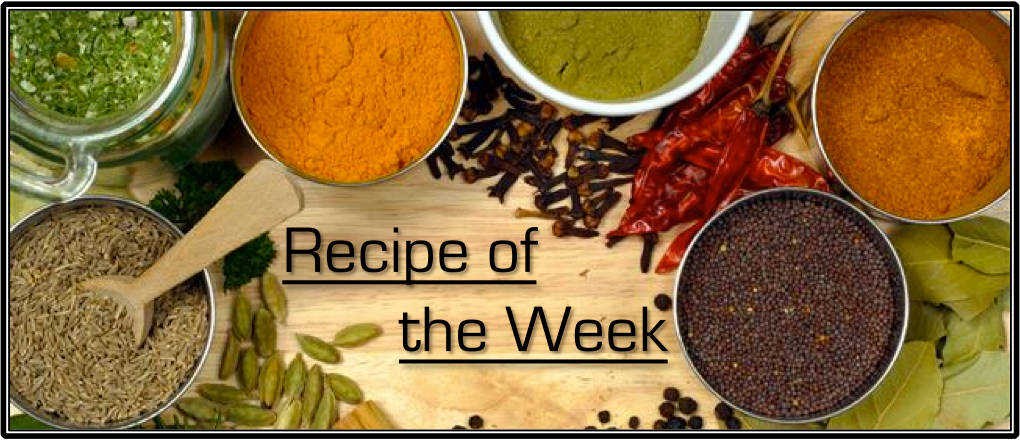
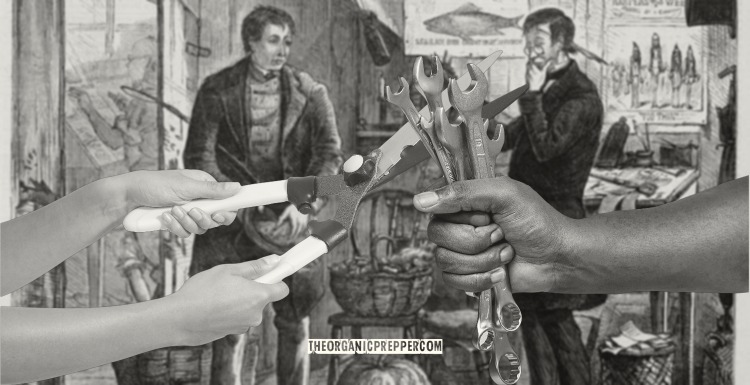
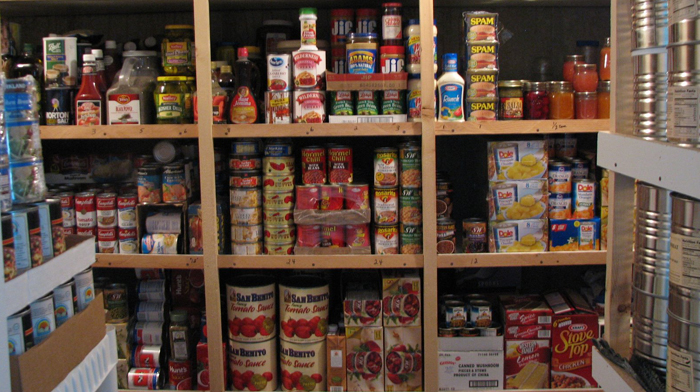
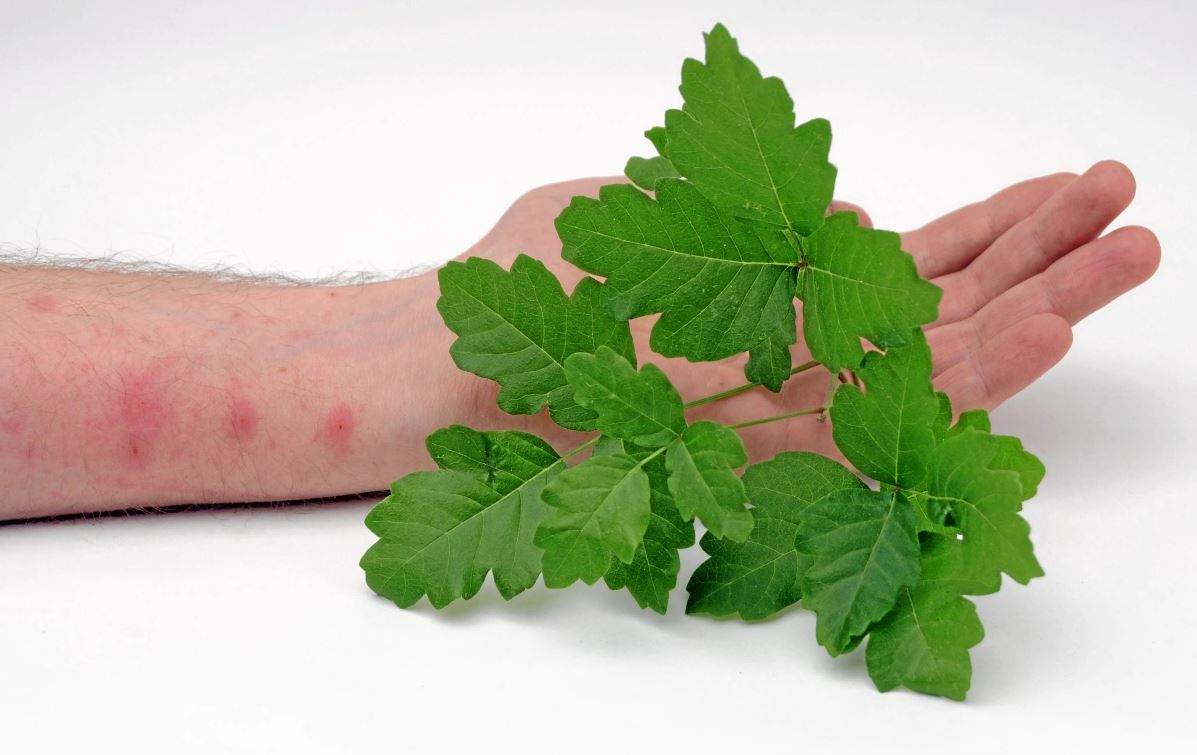

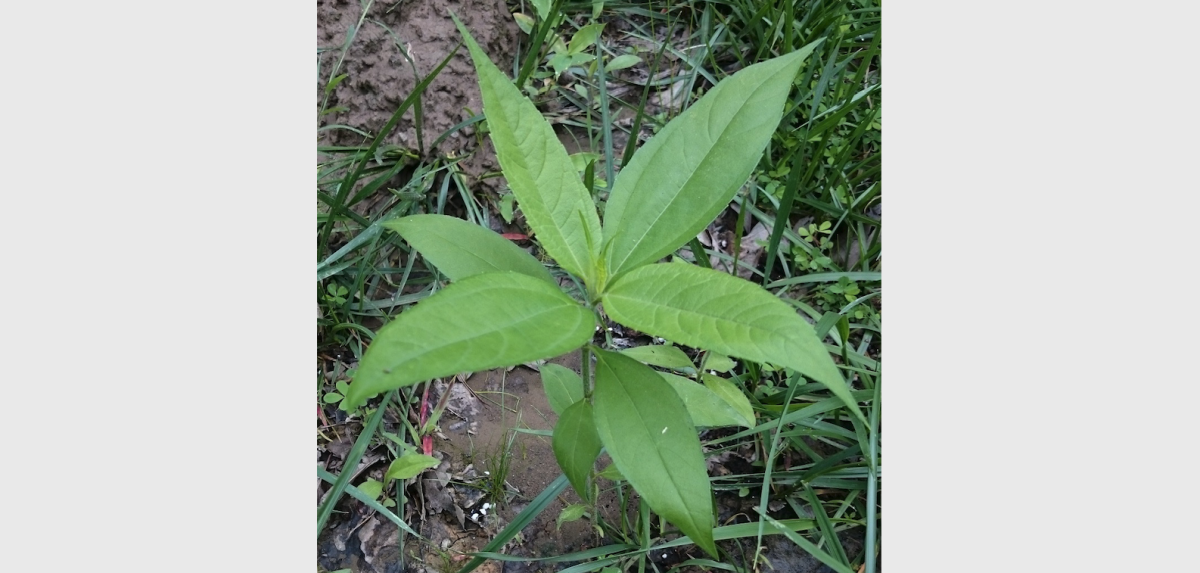

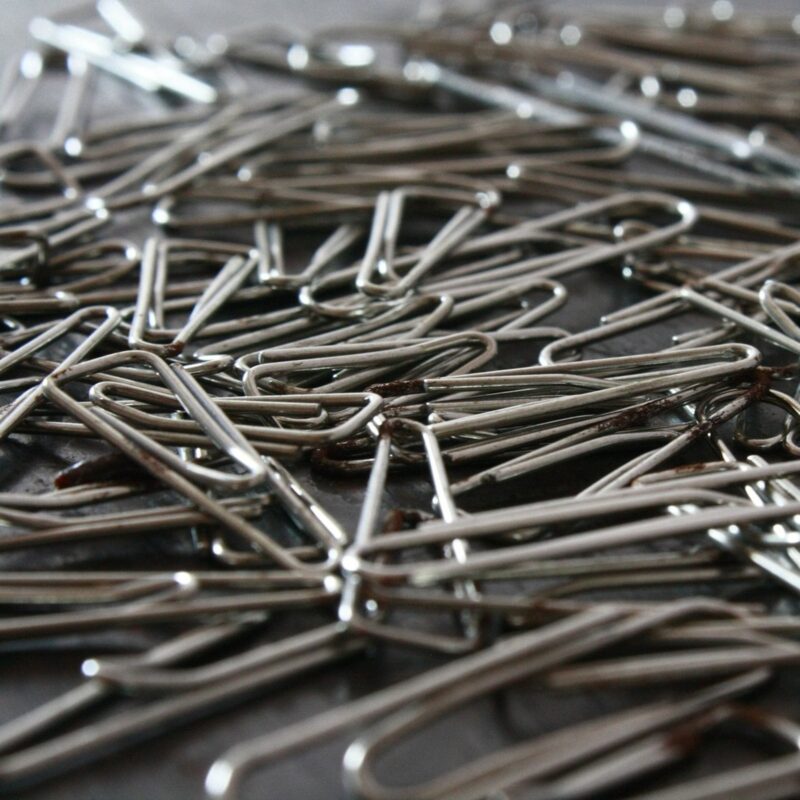

![Mindless Banter 79 – Q&A [PODCAST]](http://jeffcassman.net/wp-content/uploads/2022/01/casual-preppers-podcast-banner.jpg)
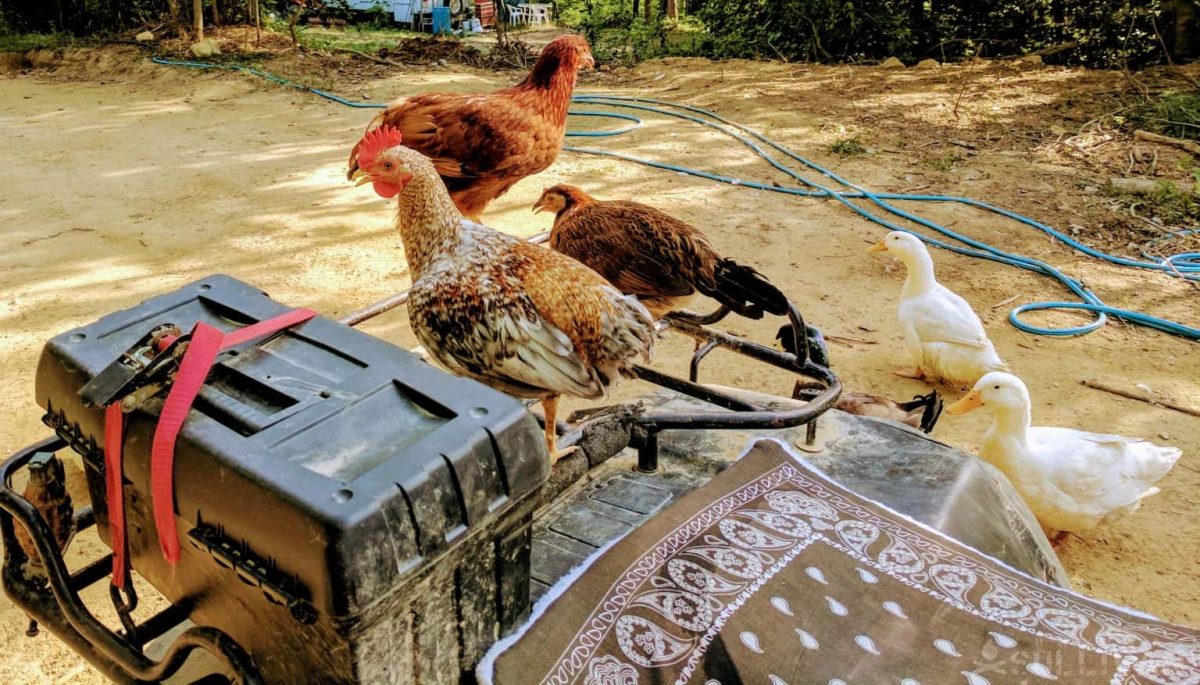
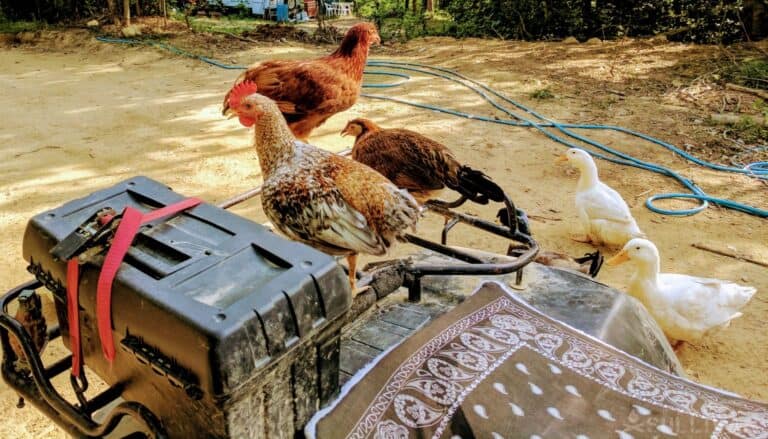 a few bantam chickens on ATV and some Peking ducks next to it
a few bantam chickens on ATV and some Peking ducks next to it 
